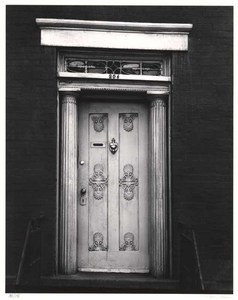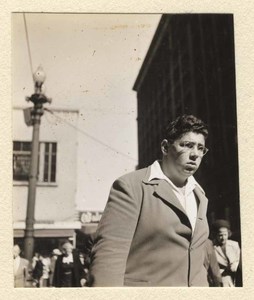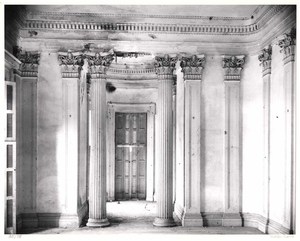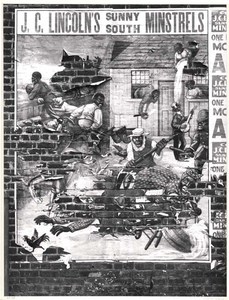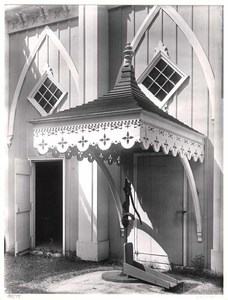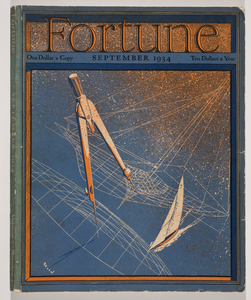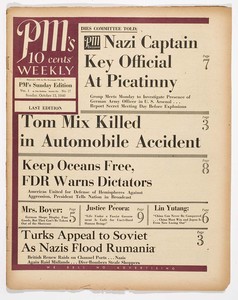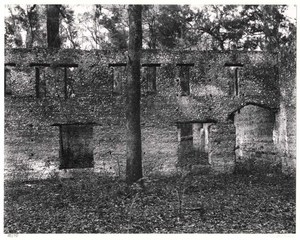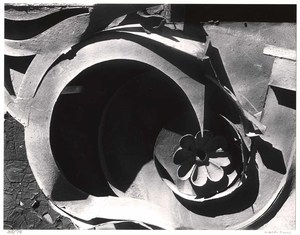Walker Evans is one of the leading photographers in the history of American documentary photography. Born in St. Louis, Evans studied at Williams College and the Sorbonne in Paris. He returned to the United States in 1928, and five years later, though self-taught in photography, was the subject of a solo exhibition at the Museum of Modern Art, and had his photographs published in Hart Crane's The Bridge (1930) and in Lincoln Kirstein's Hound & Horn (1931). Evans worked for the Farm Security Administration from 1935 to 1937, during which time he made many of the photographs for Walker Evans: American Photographs, an exhibition and publication organized by the Museum of Modern Art in 1938. In 1936 he took a leave from the FSA in order to document the living conditions of Alabama sharecropper families as part of a collaborative project with writer James Agee. The results were published in 1941 as Let Us Now Praise Famous Men, with text by Agee and photographs by Evans. Another of Evans's many photographic series was Many Are Called, comprised of images taken in the New York City subway system using a hidden camera between 1938 and 1945. Evans received three Guggenheim Fellowships and was a member of the National Institute of Arts and Letters. Between 1943 and 1965, he worked as a staff photographer for Time and Fortune. After retiring from professional photography in 1965, he taught graphic arts at Yale.
Walker Evans's photographs were as prototypes both for the American documentary movement of the 1930s and for street photographers of the 1940s and 50s. His precisely composed, intricately detailed, spare photographs insisted on their subject matter, and his impartial acceptance of his subjects made his work seem true and aesthetically pure--qualities that have been the goal of documentary photography ever since. Later in his career he often photographed with the new Polaroid camera, which he used to depict street graffiti and various detritus of the contemporary world.
Lisa Hostetler
Handy et al. Reflections in a Glass Eye: Works from the International Center of Photography Collection, New York: Bulfinch Press in association with the International Center of Photography, 1999, p. 215.








